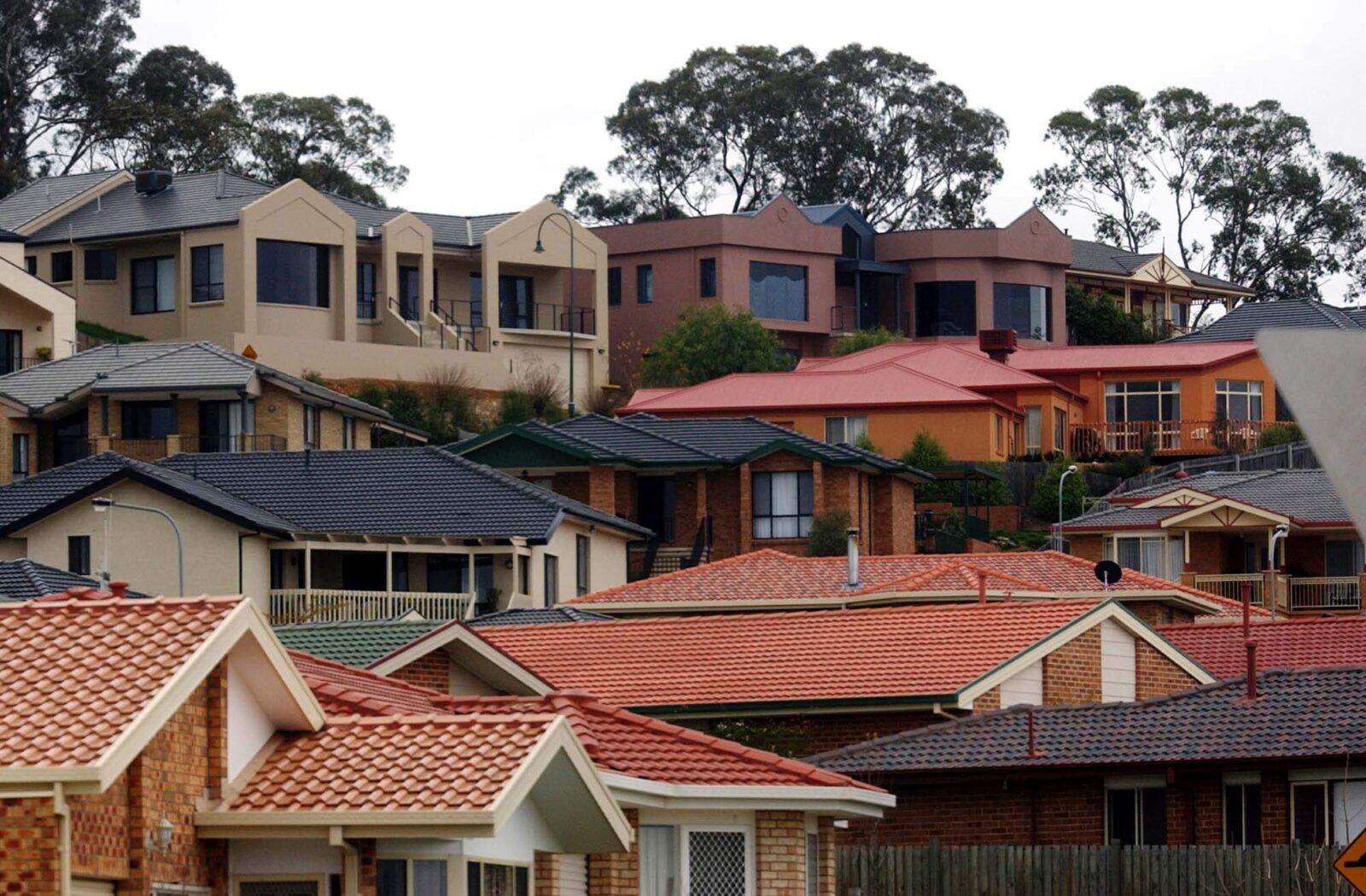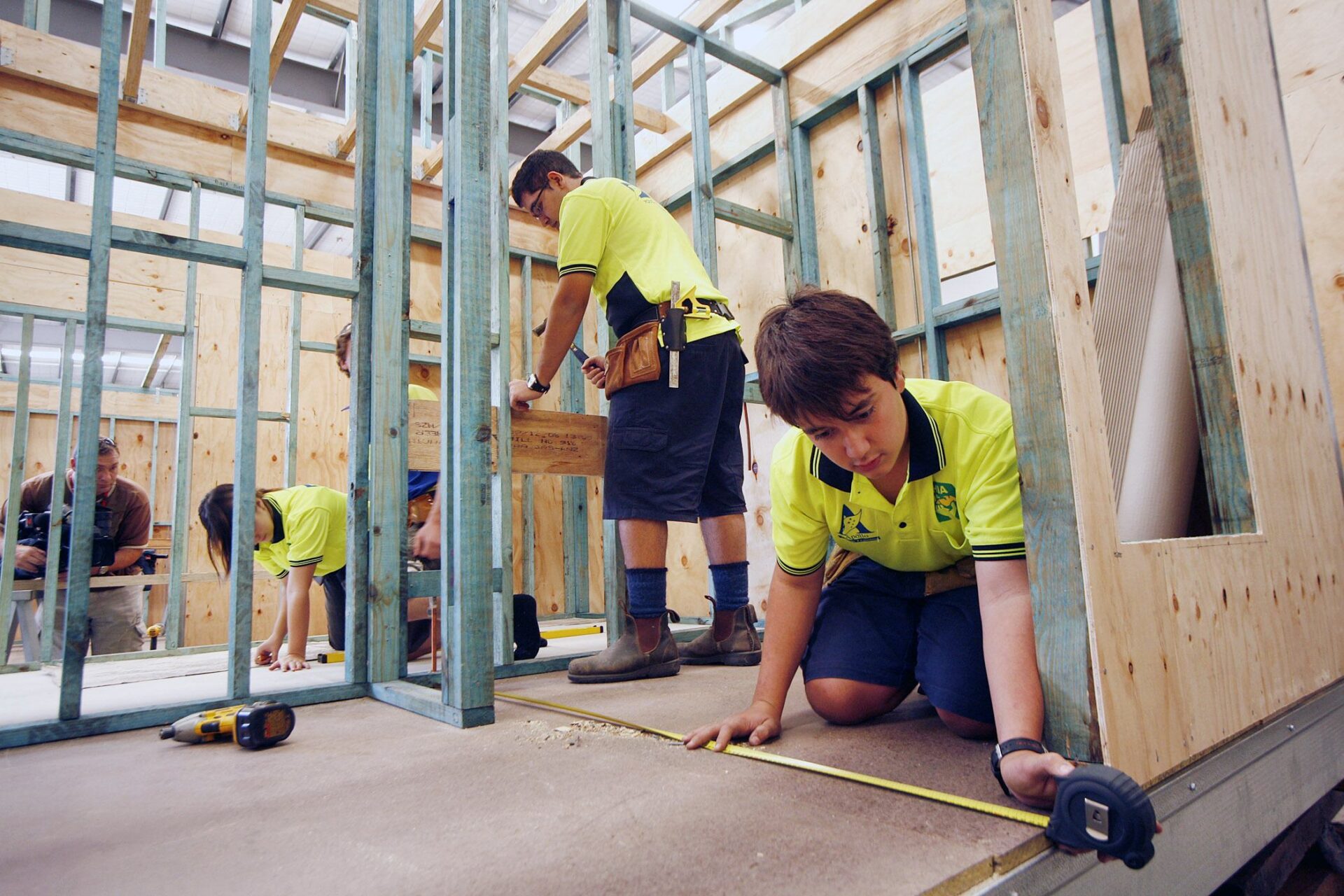
The next two years loom as a breakthrough period for much-needed expansion of the affordable and specialist housing sector, as deals are increasingly scaled and structured to mobilise institutional capital, according to senior NAB executives.
Cathryn Carver, chair of the bank’s Affordable Housing Council, told a NAB forum last week that the determination to address a “profound” and nationwide problem was intensifying.
“People want to get cut-through, and that desire is greater than I’ve ever seen it before,” Ms Carver said.
“This housing shortage has a more significant impact on younger Australians and will weigh on future generations if we don’t get the settings right now.”
“Institutional investors, of course, want to make a return but because the need is so great, they’re being more thoughtful and creative, and governments want and need to get involved, so I do think we’ll see momentum in 2024 and 2025.”
Ms Carver participated in the forum with Fiona Fletcher-Smith, chief executive of London & Quadrant Group (L&Q), one of the largest providers of community housing in the UK.
In Australia there is no parallel organisation to L&Q, which was formed more than 50 years ago and houses 250,000 people in 108,000 homes, primarily across London and the south-east and north-west of England.
At the end of its 2023 financial year, it had 13.2bn pounds in total assets (less current liabilities), 1.1bn pounds in annual turnover, and was rated A- by global credit rating agency Standard & Poor’s.
Organisations in Australia with a similar purpose are much smaller and generally do not have access to capital markets. Yet it is often said in the UK that no one has lost a single pound to the sector in the last 50 years.
Asked why it was so stable, Ms Fletcher-Smith gave several reasons – the country’s “massive” birth rate which created a need for 300,000 new homes a year for the next decade, and a commitment by both mainstream political parties to solve the pressing issue.
“Your money is fairly safe – people need to have a roof over their heads so it’s a no-brainer; it’s like investing in something as necessary as air,” she said.
To illustrate the scale of the problem in social housing alone, Ms Fletcher-Smith said one in 23 kids in London lived in temporary accommodation. In an average class-size of 30, this meant more than one child in every class was effectively homeless.
The economic impact, she said, was broad, with UK business groups partly attributing the flatlining in productivity growth in London since 2019 to lacklustre investment in the city by offshore firms because of concern their staff wouldn’t be able to find an appropriate dwelling.
NAB chief executive Ross McEwan has often said the housing shortage is the biggest issue facing Australia.
In a submission last month to the Department of Social Services’ consultation on the development of a national housing and homelessness plan, the bank estimated there were more than 120,000 homeless Australians. The estimate was partly informed by NAB recently becoming the bank for the Salvation Army, the largest provider of services for the homeless. There are currently 175,000 families on the charity’s waiting list for housing, with relief provided to Australians in need every 17 seconds.
While NAB quickly consumed a $2bn allocation in 2019 to social and affordable housing and has set a target to lend a further $6bn by 2029, Mr McEwan has said the challenge is even bigger given population trends.
NAB Economics research found last April that an additional 230,000 dwelling completions were needed each year, assuming annual population growth of 2.3 per cent and new households continued to form at the current average of 2.57 people per dwelling, based on the 2021 census.
Ms Fletcher-Smith said the key to building institutional partnerships was “kissing the frog”.
“If you decide that one of them isn’t turning into a prince, you move on – both sides have to be able to do that,” she said.
“I have met also met CHP (community housing provider) board members here who are concerned that institutional investment might mean an end to their focus on social purpose. But you don’t have to be like that because you’re helping to solve the housing crisis, and if that means you sell some very expensive flats so you can subsidise what you really want to do, which is helping one of those 23 kids in each classroom who is living in a Travelodge, you’ve just got to do it.”
While the forum heard there was a lot of “energy and excitement” in the sector, institutional capital was still looking for a “normalised” return.
To date, this had been largely achieved through a small social input, such as a 10 per cent build-to-rent component in the overall structure.
“We have to flip this around so that the social input is much larger,” Ms Carver said.
NAB had therefore looked at and implemented different structures to lower the risk of the transaction, enabling the provision of more cost-effective funding.
“From our perspective, it’s trying to look at ways we can reduce risk by lowering the cost of project and introducing government or other parties to plug the gap,” Ms Carver said.
“If we solve that, you can really accelerate the scale of the projects.”
NAB, she said, was fortunate to have been brought into the superannuation fund community to explore different partnership models.
“Having said that, we’re also working closely with our wealth advisers (at JB Were), which has a big philanthropic practice, which could potentially be part of the solution,” she said.







